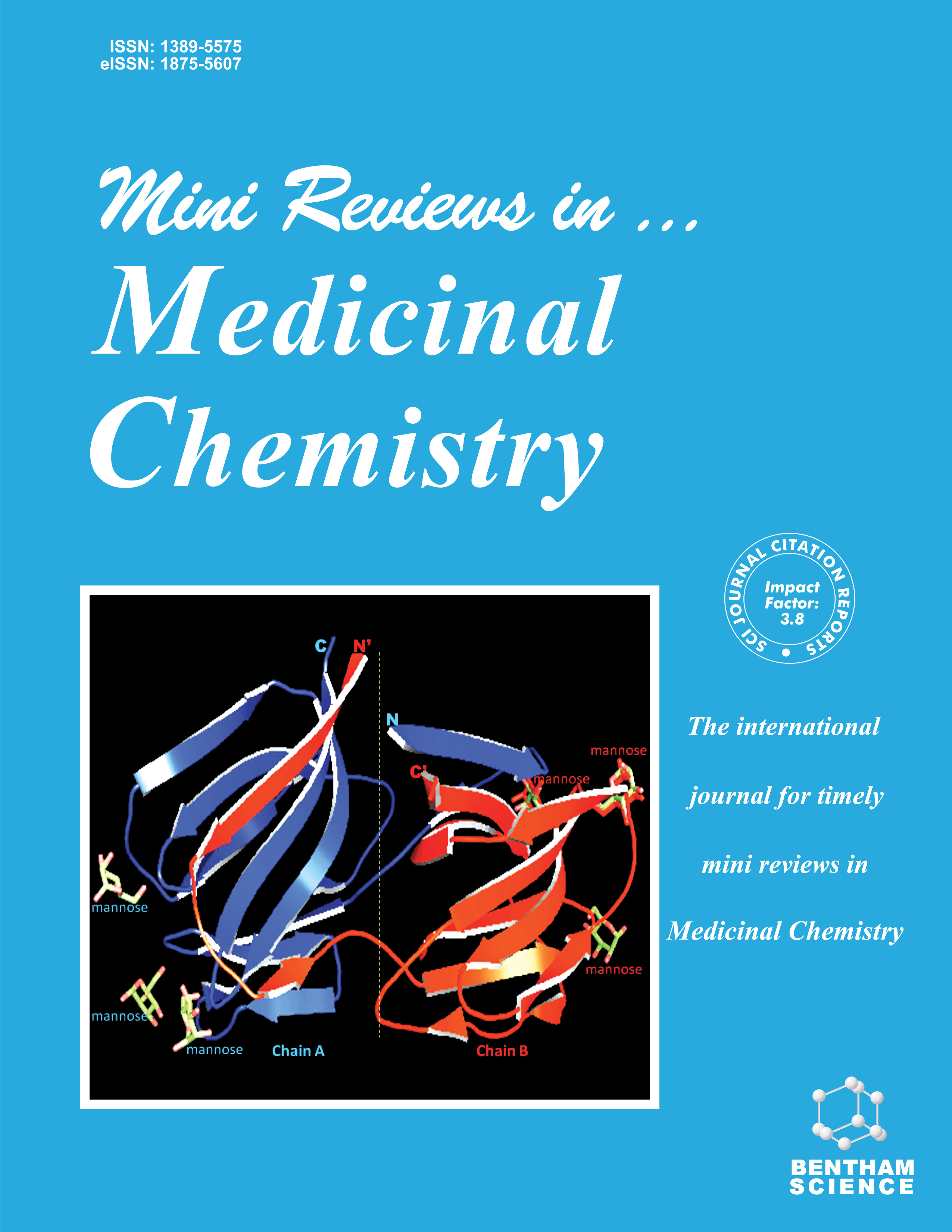
Full text loading...

Assisted reproductive techniques still have limitations regarding embryonic development and the achievement of clinical pregnancy. Animal venoms represent a biological library with the potential to trigger relevant cellular mechanisms. This study aimed to evaluate, through a literature review and computational screening, the activity of natural venoms and their derivatives on germ cells.
A literature review was conducted in PubMed, Embase, Scopus, and Web of Science databases. Inclusion criteria: experimental studies involving oocytes, spermatozoa, or embryos in vitro/in vivo. Exclusion criteria: review articles, letters to the editor, abstracts, books, and studies outside the scope. Extracted data included the type of venom, source species, experimental model, effects, mechanisms, and administration routes.
Methodological quality was assessed using funnel plots, forest plots, and the SYRCLE tool. Computational screening was performed targeting hormonal receptors.
Of the 584 articles analyzed, only 19 met the eligibility criteria. Among these, 57% investigated snake venom, 16% spider venom, 16% bee venom, and 10% sea anemone/scorpion venom. High heterogeneity was observed in the effects on sperm motility (I2 = 97%) and sperm concentration (I2 = 95%), although a positive effect on concentration was detected. All molecules showed activity on estrogen receptors.
The findings suggest that venoms and their derivatives can modulate gamete functions, with effects influenced by the chemical diversity of toxins and variations in experimental models. Computational screening highlights potential molecular interactions with hormonal pathways, reinforcing their relevance as modulators of reproductive processes.
Animal venoms and their derivatives can exert biological activity on germ cells (oocytes, spermatozoa, and embryos).

Article metrics loading...

Full text loading...
References


Data & Media loading...
Supplements